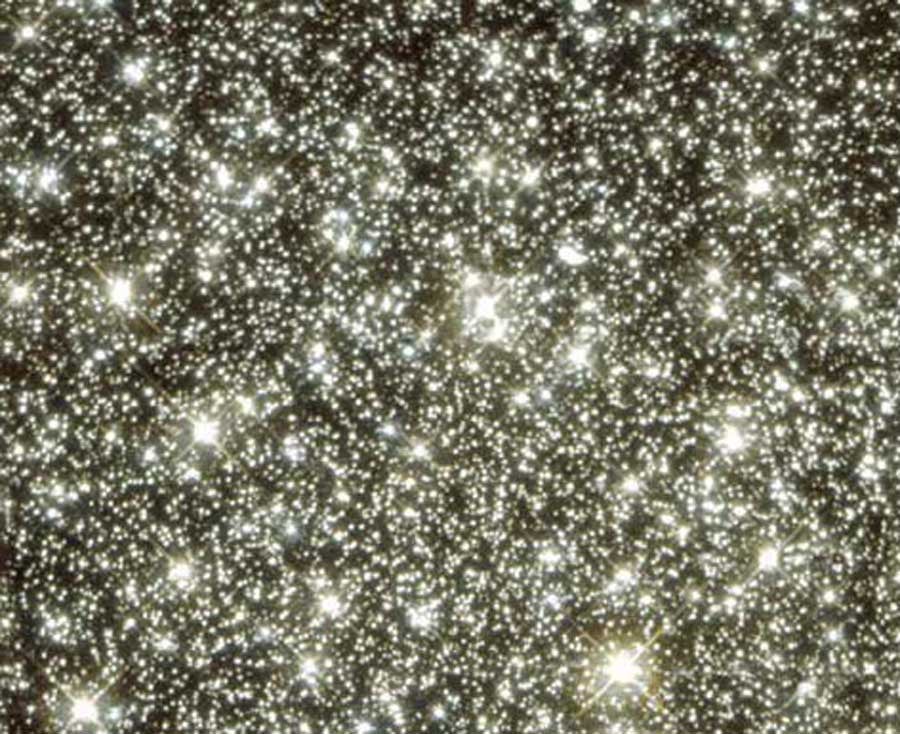Stars grow enormously in radius as they evolve. For example, the Sun’s radius could reach to Earth’s current orbit (1 astronomical unit [AU]) or farther when it becomes a red giant. If it had a denser companion star orbiting in the middle of the asteroid belt, the future Sun would lose material to such a star. On the other hand, binary stellar remnants called neutron stars are so dense that they only would need to orbit at separations just about 20 miles (30 kilometers) from each other (and with periods less than 2 milliseconds) before they began transferring mass.
Binary systems are extremely common, accounting for about half of all the stars in the solar neighborhood, and perhaps as many as half of them have orbital separations small enough to undergo mass transfer at some time during their evolution. Nevertheless, two stars do not need to be gravitationally bound for mass transfer to occur if they pass close enough to each other. That is an improbable event in our galaxy’s disk, where typical distances between stars are hundreds of millions of solar radii (trillions of miles); but in the cores of the densest globular clusters, the odds can favor a star having a near-collision during its lifetime.
More widely separated binary stars also can transfer mass as one sun captures a portion of the wind from its companion — so it’s not so much “stealing” as “receiving a gift.” A well-known example of this kind of interaction occurs with the pulsating red giant Mira (Omicron [ο] Ceti). It has a companion white dwarf about 60 AU from it that flickers because of donated Mira material. — Ronald Webbink, University of Illinois, Urbana-Champaign










